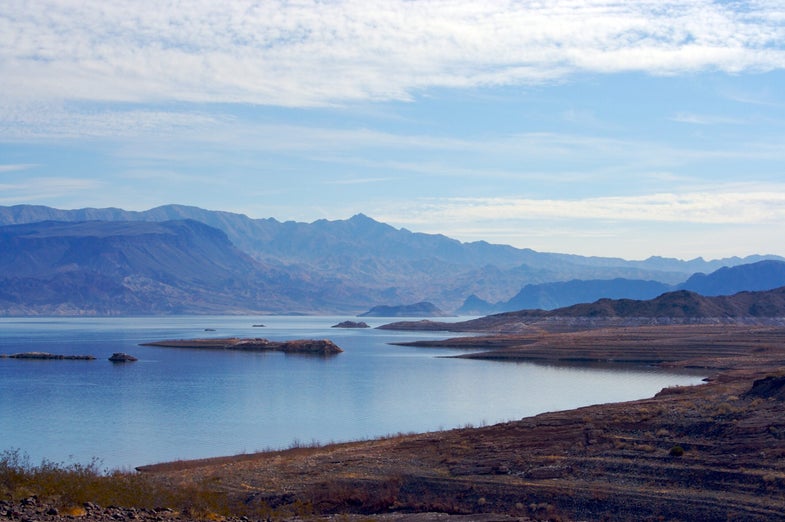The World’s Water Reservoirs Produce More Greenhouse Gas Than All Of Canada
Mostly methane bubbles, from human-constructed reservoirs

Reservoirs are placid, lovely places, perfect for boating, hikes, and apparently, greenhouse gas emissions.
In a review set to be published next week in BioScience, researchers looked at more than 200 studies examining the contributions of man-made reservoirs to greenhouse gas emissions. They found that greenhouse gas emissions from man-made reservoirs were likely equal to the equivalent of one gigaton of carbon dioxide being released into the atmosphere every year. For reference, that’s just under the amount of greenhouse gas emissions produced annually by Brazil, which comes in at number seven in the top-ten list of greenhouse gas emitters, behind China, the EU and the US. One gigaton of carbon dioxide equivalent is a little less than one-sixth of the United State’s greenhouse gas emissions.
A reservoir is usually created by damming a river, overflowing the banks and flooding the surrounding area, creating a man-made lake that is used to hold water for energy generation or as a water reserve. It also creates the perfect conditions for microbes to generate greenhouse gases like carbon dioxide and methane (a gas that is about 25 times more potent than carbon dioxide).
“Natural systems do produce methane, but studies have consistently found that reservoirs produce methane more rapidly than other systems do for a number of reasons.” John Harrison, a co-author of the paper tells Popular Science. “For one, when reservoirs are first flooded there’s organic matter in the soil and vegetation that can be converted by microbes into methane and carbon dioxide. Also, reservoirs because they are in line in rivers, they receive a lot of organic matter and organic sediment from upstream that can fuel the production of methane, carbon dioxide and nitrous oxide.”
Harrison says that reservoirs also tend to occur in areas where fertilizers are used on the surrounding land. Runoff from those fertilizers into bodies of water can cause algal blooms that can also produce more methane and carbon dioxide.
You can see this in action down at your local reservoir. Greenhouse gasses escape from lakes either by diffusing slowly off the surface of the water, or by bubbling up from the depths. “Methane is less soluble than other greenhouse gasses and so it more frequently forms bubbles,” Harrison says. “On any lake or reservoir you can see bubbles rising from the bottom, and they’re usually methane.”
Emissions from reservoirs are only set to grow in the coming years. “There’s a global boom in reservoir construction going on right now,” Harrison says, driven by the construction of hydroelectric dams to supply power to an increasingly energy-hungry world.
Alarmingly, the study found that the greenhouse gas emissions from reservoirs were 25 percent higher than previous estimates. Harrison and his co-authors, including lead author Bridget Deemer, hope that the budget for greenhouse gas emissions from reservoirs might be included in the planned 2019 update on the guidelines of greenhouse gas inventory–put out by the Intergovernmental Panel on Climate Change IPCC. That would help countries take into account emissions from man-made reservoirs in their emissions tallies.